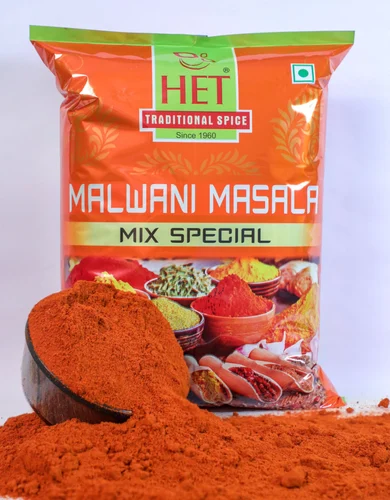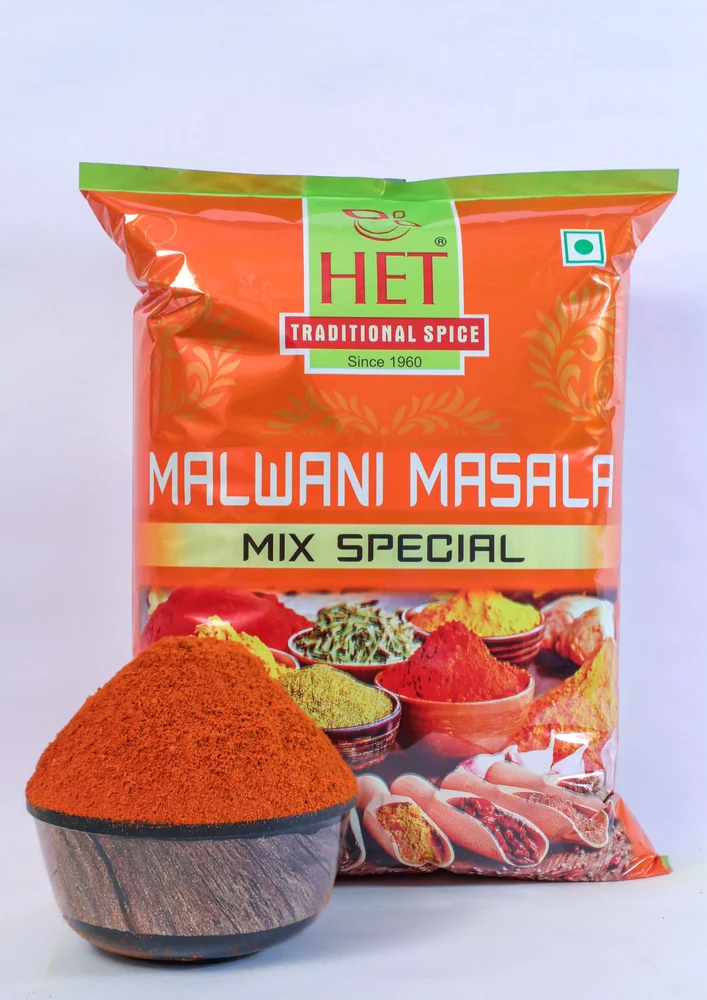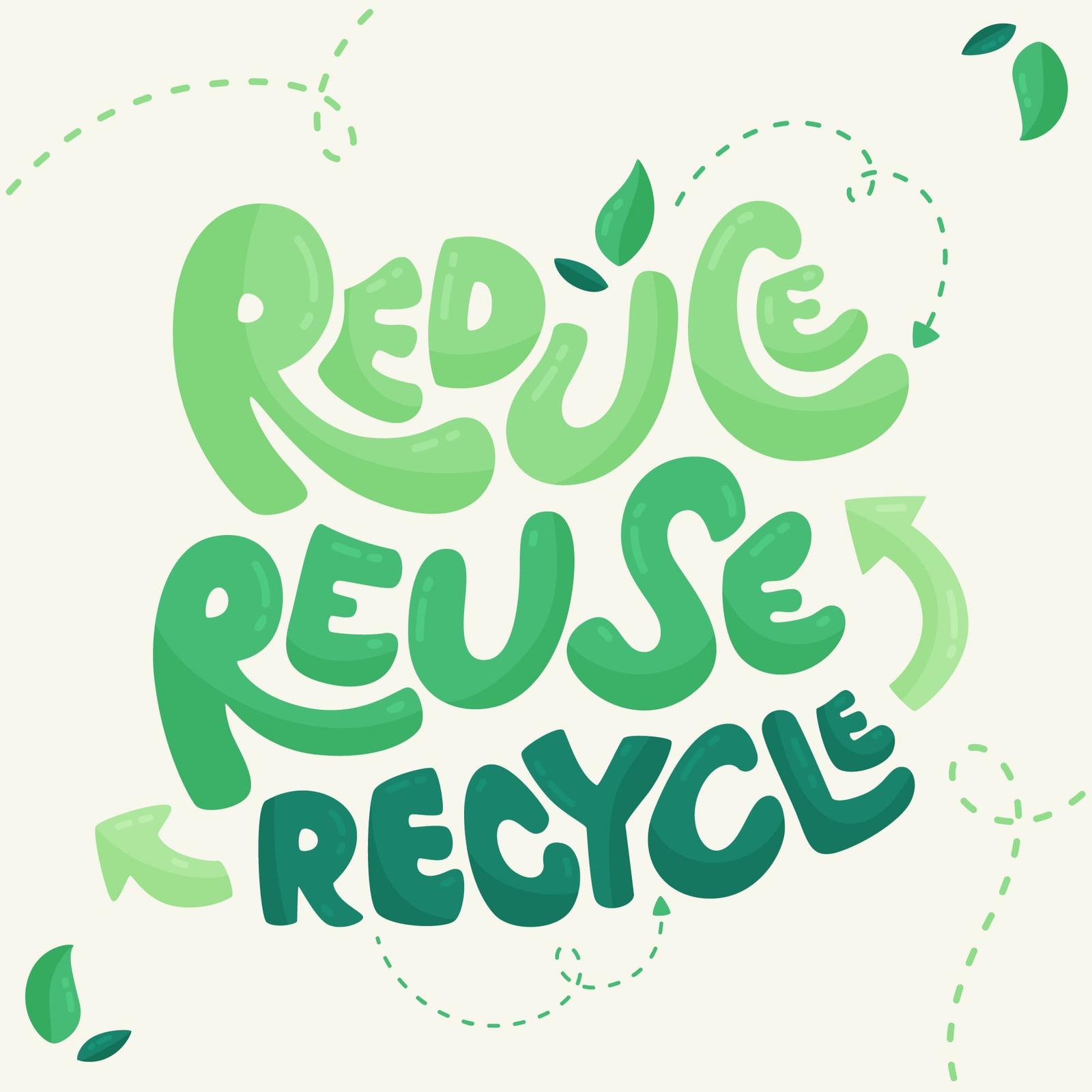Malvani Mix Masala Powder, Packaging Size: 1 kg
₹260.0
| Masala Type |
Malvani Mix Masala
|
| Packaging Size |
1 kg
|
| Brand |
HET
|
| Packaging Type |
Packets
|
| Shelf Life |
6 Months
|
| Usage/Applciation |
Kitchen
|
| Is It FSSAI Certified |
FSSAICertified
|
Malvani Mix Masala Powder is a traditional spice blend from the Malvan region of Maharashtra. It adds bold, fiery flavor and authentic coastal aroma to seafood, chicken, and mutton curries.
| Masala Type |
Malvani Mix Masala
|
| Packaging Size |
1 kg
|
| Brand |
HET
|
| Packaging Type |
Packets
|
| Shelf Life |
6 Months
|
| Usage/Applciation |
Kitchen
|
| Is It FSSAI Certified |
FSSAICertified
|
Malvani Mix Masala Powder is a traditional spice blend from the Malvan region of Maharashtra. It adds bold, fiery flavor and authentic coastal aroma to seafood, chicken, and mutton curries.
You must be logged in to post a review.
Q & A
Scientific sustainability report — Malvani Mix Masala Powder (functional unit: 1 kg)
1 — Executive summary
Using conservative, literature-based assumptions for the main life-cycle stages (agriculture of component spices → drying/cleaning → grinding/blending → packaging → road transport), the cradle → distribution greenhouse gas (GHG) footprint for 1 kg of Malvani Mix Masala Powder is estimated at ≈ 3.326 kg CO₂-eq per kg under the assumptions below. The largest uncertainties are the aggregated upstream (farm) emissions for the many component spices and the drying method chosen. Key load-bearing sources used for parameters are cited in section 11. smart-freight-centre-media.s3.amazonaws.com+4Central Electricity Authority+4MDPI+4
2 — Product description & system boundary
-
Product: Malvani Mix Masala Powder (a dry spice blend typical of the Malvan/Konkan region — commonly contains ~12–16 spices such as coriander, poppy seeds, red chillies, fennel, cumin, cloves, cinnamon, nutmeg, star anise, stone flower etc.). Typical ingredient lists and recipes for Malvani masala are available in culinary sources. Archana's Kitchen+1
-
Functional unit: 1 kg retail-ready powder.
-
System boundary: cradle → distribution: (1) agriculture/primary production of component spices, (2) cleaning + drying (if required), (3) grinding + blending, (4) primary packaging (peelable/PE pouch), (5) road transport farm→mill & mill→distribution. Excluded: retail use, consumer transport, end-of-life disposal beyond embodied packaging emissions, and capital equipment manufacturing.
3 — Key parameter choices & data sources (most load-bearing)
(These five inputs drive the calculation and are cited.)
-
India grid electricity emission factor (used for processing electricity) — 0.716 kg CO₂ / kWh (CEA baseline for FY 2022–23). Central Electricity Authority
-
Grinding energy (fine/coarse spice milling) — representative value 0.309 kWh per kg (≈309 kWh per tonne) for industrial powder milling / stirred mills in the literature. MDPI+1
-
Drying energy (industrial or assisted drying — moderate assumption) — chosen 0.90 kWh per kg (literature shows wide ranges depending on tech: sun/solar tunnel/hybrid can be far lower or higher depending on dryer design and mass of water removed). Wiley Online Library+1
-
Packaging embodied emissions — assume 30 g PE pouch per kg product (0.03 kg plastic/kg) and 2.6 kg CO₂-eq per kg PE (LDPE/PE cradle-to-gate range from LCI reviews). => packaging = 0.03 × 2.6 kgCO₂/kg. ScienceDirect+1
-
Road freight emission factor (India) — use a representative 0.33 kg CO₂ per tonne-km (India default t-km emission factors range; this is a conservative, commonly-used magnitude). Assume total road distance = 250 km (farm→mill + mill→distribution). smart-freight-centre-media.s3.amazonaws.com+1
Agriculture / upstream assumption: Because Malvani mix is a blend of many spices (some relatively input-intensive like cardamom, nutmeg; others less so) I use a lumped farm-stage estimate of 2.30 kg CO₂-eq per kg of finished blended powder (this aggregates fertilizer use, field diesel, soil N₂O, primary handling and losses across component spices). This is an assumption — crop-specific upstream LCIs will change this strongly (see sensitivity).
4 — Inventory assumptions (1 kg basis)
-
Agriculture / upstream: 2.30 kg CO₂e / kg (assumption for a mixed, spice-intensive blend).
-
Grinding (size reduction & blending): 0.309 kWh/kg.
-
Drying (assisted/industrial): 0.90 kWh/kg.
-
Electricity emission factor (India grid): 0.716 kg CO₂/kWh. Central Electricity Authority
-
Packaging: 0.03 kg PE per kg product; PE embodied = 2.6 kgCO₂/kg plastic. ScienceDirect
-
Transport: total road distance 250 km, EF = 0.33 kgCO₂ / t-km. smart-freight-centre-media.s3.amazonaws.com
5 — Step-by-step GHG calculation (digit-by-digit arithmetic)
5.1 Processing electricity emissions
Grinding emissions = grinding energy × grid EF
= 0.309 kWh/kg × 0.716 kgCO₂/kWh
→ calculation: 0.309 × 0.716
Breakdown:
-
0.309 × 0.700 = 0.2163
-
0.309 × 0.016 = 0.004944
Sum = 0.2163 + 0.004944 = 0.221244 kg CO₂e/kg. MDPI+1
Drying emissions = drying energy × grid EF
= 0.90 kWh/kg × 0.716 kgCO₂/kWh
→ calculation: 0.90 × 0.716 = (0.9 × 0.700) + (0.9 × 0.016) = 0.630 + 0.0144 = 0.6444 kg CO₂e/kg. Wiley Online Library+1
5.2 Packaging emissions
Packaging mass × plastic EF = 0.03 kg × 2.6 kgCO₂/kg =
0.03 × 2.6 = (0.03 × 2.0) + (0.03 × 0.6) = 0.06 + 0.018 = 0.078 kg CO₂e/kg. ScienceDirect
5.3 Transport emissions (road)
Road EF = 0.33 kgCO₂ / t-km. For 1 kg product = 0.001 t. Distance = 250 km.
Road emissions = 0.33 × 0.001 × 250 = 0.33 × 0.25 = 0.0825 kg CO₂e/kg. smart-freight-centre-media.s3.amazonaws.com
5.4 Agriculture / upstream
Assumed lumped farm stage = 2.3000 kg CO₂e/kg. (See note: replace with ingredient-level farm LCIs when available.)
5.5 Total sum (add stepwise)
List components (4 decimal places where relevant):
-
Agriculture = 2.3000 kg
-
Grinding = 0.221244 kg
-
Drying = 0.644400 kg
-
Packaging = 0.078000 kg
-
Transport = 0.082500 kg
Add sequentially:
-
2.3000 + 0.221244 = 2.521244
-
2.521244 + 0.644400 = 3.165644
-
3.165644 + 0.078000 = 3.243644
-
3.243644 + 0.082500 = 3.326144 kg CO₂e/kg
Final rounded value: ≈ 3.326 kg CO₂-eq per kg Malvani Mix Masala Powder (cradle → distribution).
6 — Sensitivity & uncertainty (short)
-
Agriculture / upstream (assumed 2.30 kg CO₂e/kg) is the largest single source of uncertainty. If actual upstream for component spices is lower (e.g., 1.2 kgCO₂/kg) total falls to ≈ 2.226 kg CO₂e/kg. If upstream is higher (e.g., 3.2 kgCO₂/kg) total rises to ≈ 4.326 kg CO₂e/kg.
-
Drying method: switching to hygienic solar tunnel / sun-drying (near 0 grid kWh for drying) reduces total by ~0.644 kg CO₂e/kg. Hybrid/inefficient dryers can increase drying energy substantially (some solar tunnel studies report higher SEC when auxiliary heat/electric fans are included). worldresearchersassociations.com+1
-
Electricity carbon intensity: if the mill runs on low-carbon electricity (onsite solar or green tariff), grinding+drying emissions (~0.8656 kgCO₂ in this model) drop sharply. Use of renewables is high-leverage. Central Electricity Authority
-
Packaging: changing pouch weight or switching to recycled-content PE or mono-material paper impacts packaging linearly (0.03 kg × ΔEF).
7 — Other sustainability indicators (qualitative)
-
Water footprint: depends on origin — many spices are rainfed in Konkan but some component spices (e.g., certain chillies, turmeric) may be irrigated; get supplier water data for accuracy.
-
Pesticide residues & food safety: proper drying & storage mitigate mould/aflatoxin risk and food-safety rejects (which would otherwise increase footprint via wasted product).
-
Local socio-economic factors: smallholder supply chains, seasonality, and post-harvest handling affect loss rates and therefore per-kg footprint.
8 — Practical mitigation recommendations (priority actions)
-
Source lower-input spice suppliers (better nutrient management, integrated pest mgmt, higher yields) to reduce the farm-stage footprint.
-
Adopt hygienic solar tunnel or hybrid dryers (or optimize conventional dryers) to reduce drying electricity. Several Indian projects show meaningful reductions in fossil-energy use when properly designed. worldresearchersassociations.com+1
-
Install onsite solar PV or procure renewable electricity at the mill to cut processing emissions. Central Electricity Authority
-
Reduce packaging gram weight and increase recycled content (PCR) or use mono-material recyclable laminates to lower packaging impacts and improve circularity. ScienceDirect
-
Logistics optimization (fill factor, route planning, consider rail for long legs) to reduce t-km emissions. smart-freight-centre-media.s3.amazonaws.com
Selected references (most relevant sources used)
-
Central Electricity Authority (CEA) — CO₂ Baseline Database for the Indian Power Sector (User Guide) — India grid EF ≈ 0.716 kg CO₂ / kWh (FY2022–23). Central Electricity Authority
-
Kumar A., Energy-Efficient Advanced Ultrafine Grinding of Particles (review) — representative milling/stirred-mill energy figures and discussion of grinding kWh/t. MDPI
-
Rahman MA., Solar Drying & Drying tech reviews and solar tunnel drying literature (examples showing large variability in SEC depending on dryer type and setup). Wiley Online Library+1
-
Benavides / LCI reviews — PE / LDPE embodied carbon ranges (used PE ≈ 2.6 kg CO₂/kg for packaging calculations). ScienceDirect+1
-
Smart Freight Centre / India default freight EF documents & TERI freight methodology (road freight EF per t-km, used 0.33 kg CO₂/t-km). smart-freight-centre-media.s3.amazonaws.com+1
-
General Inquiries
There are no inquiries yet.





Reviews
There are no reviews yet.